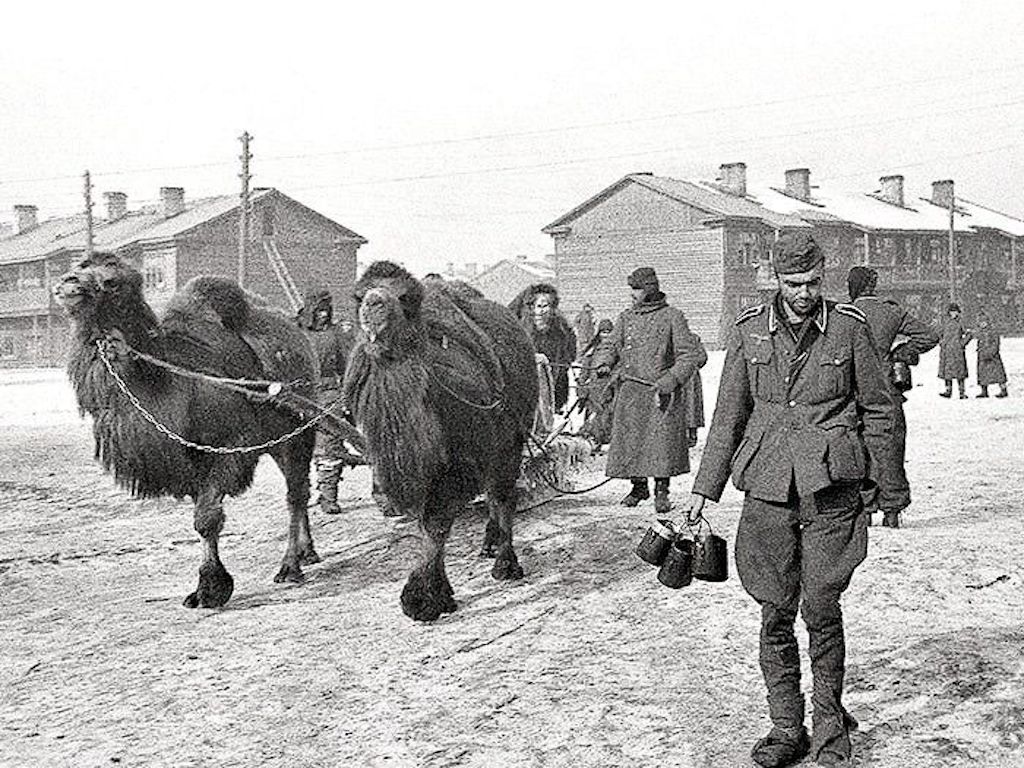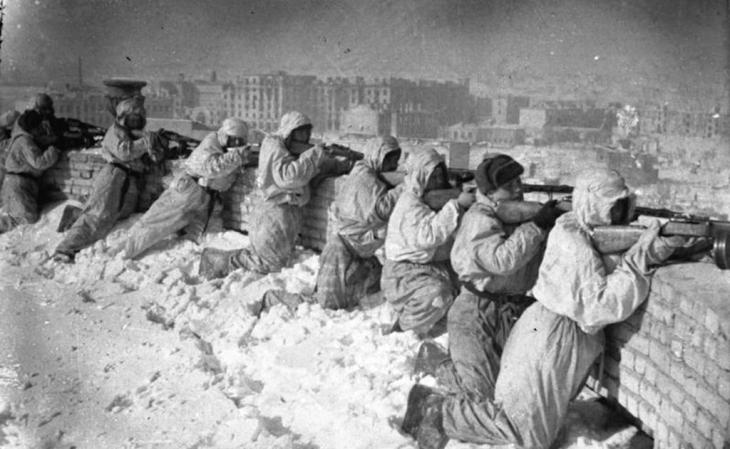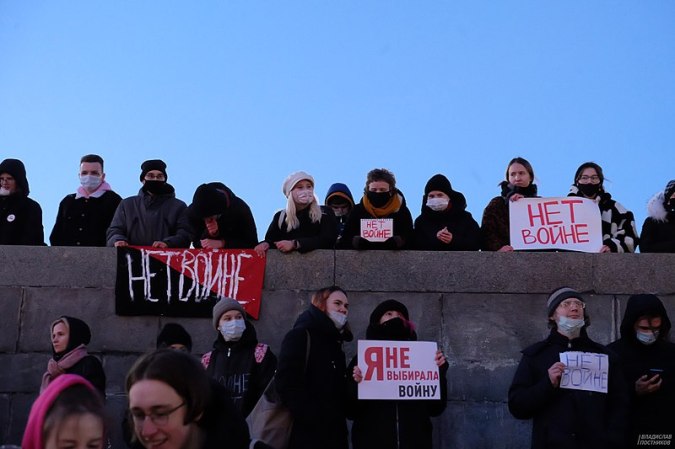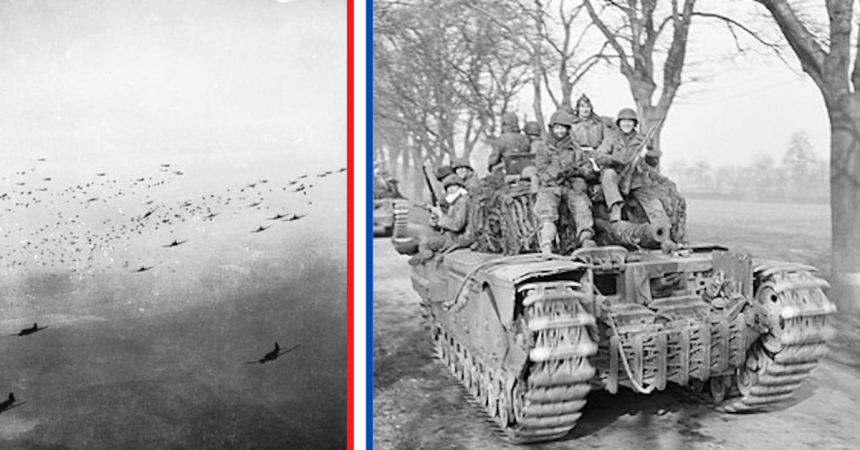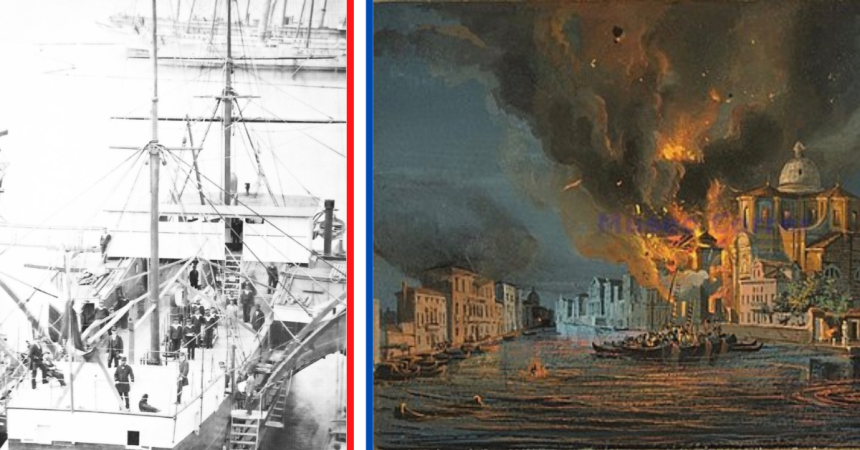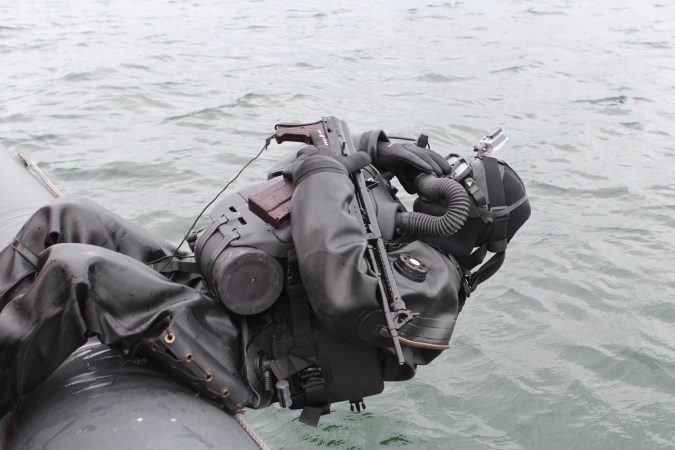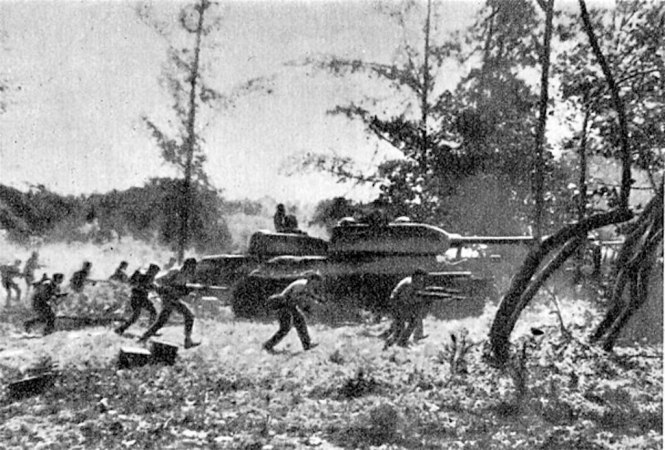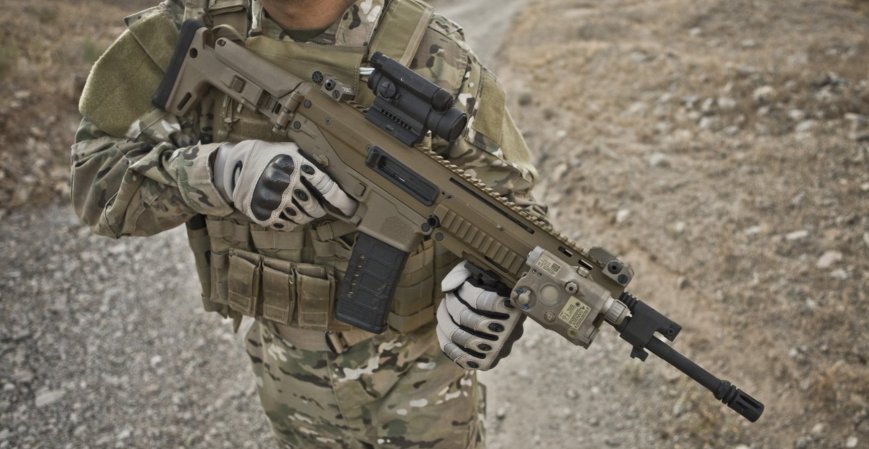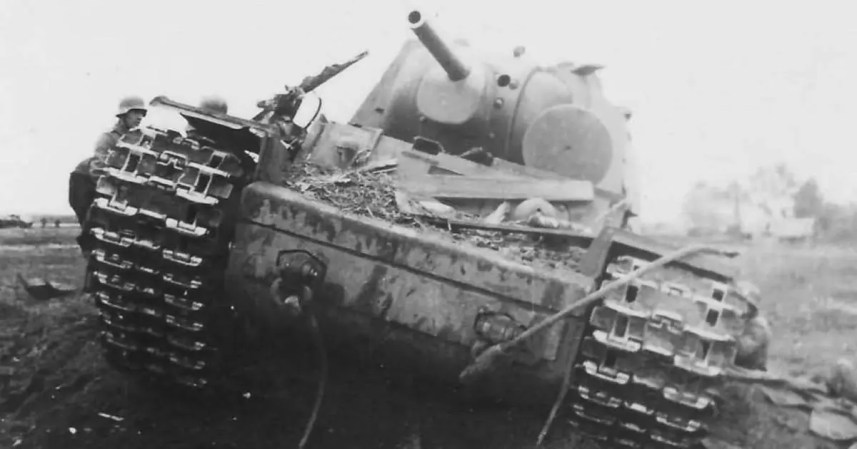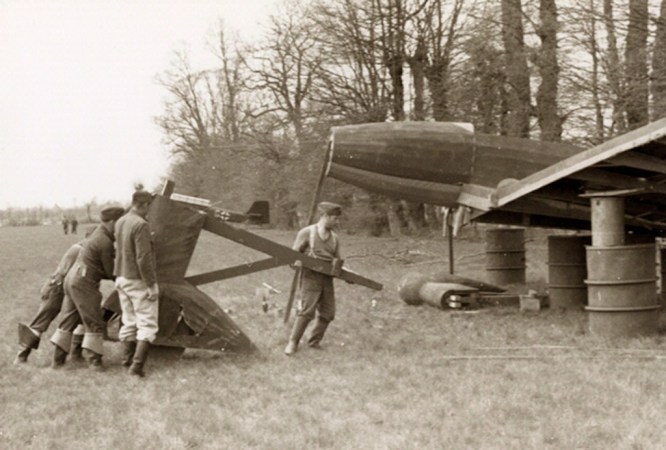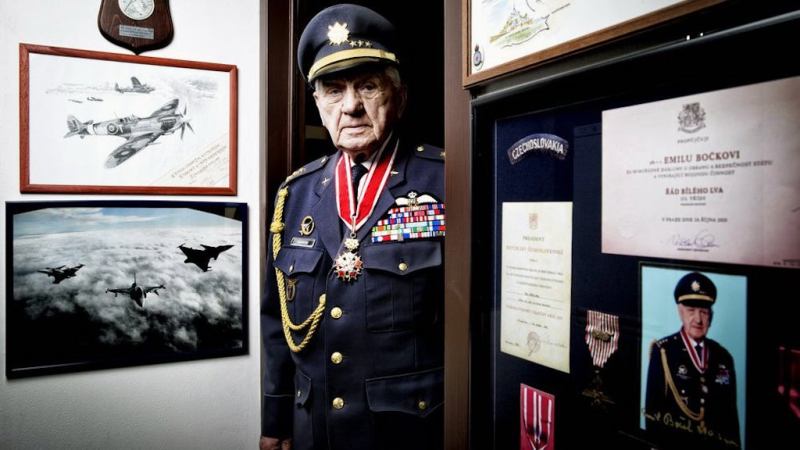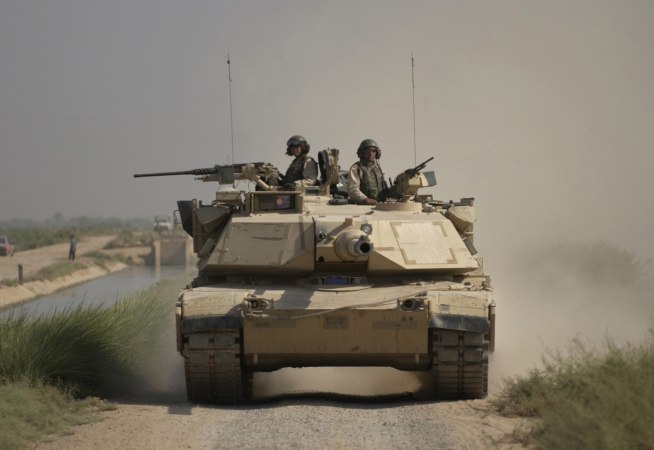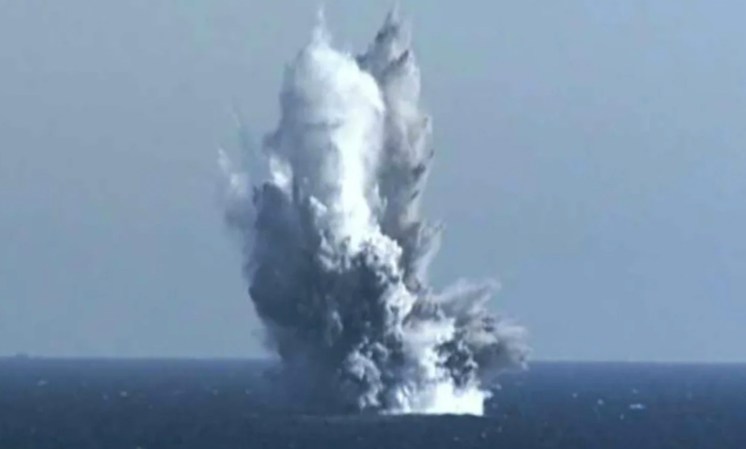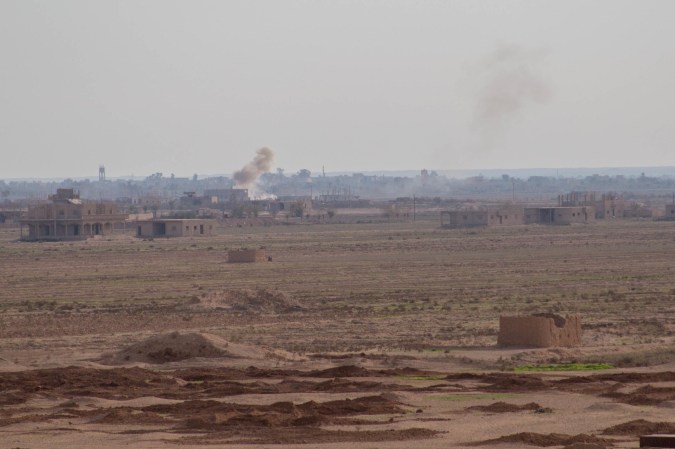The Battle of Stalingrad wasn’t just one of the largest battles of World War II, it was the largest defeat for the Axis forces, the most critical battle of the entire war, and the greatest defeat in German history – and the Soviet Union almost lost it.
It was the culmination of Operation Barbarossa, the Nazi invasion of the USSR, and the capture of Stalingrad would have led to the capture of the rich Soviet oil fields in the Transcaucasus, the fall of Allied holdings in the Middle East, and possibly the loss of India to the Axis. When the Soviets realized how critical the city was, they ushered in every possible resource to turn the tide.
This included camels from Central Asia, which performed a critical function in holding the city, just as important as the tanks that were said to be driven off the assembly lines and right into the battle
Camels have long been known as “Ships of the Desert” for their ability to handle large amounts of cargo for transport, across vast distances, requiring little water or food. The Soviet Red Army at the end of 1942 was experiencing a significant shortage of all things, but most significant was a means of transporting the arms, ammunition, and other supplies they did have to the front.
The Soviets recruited two-humped camels from the Soviet republics of Central Asia to fill that transportation gap while the Red Army was fighting at Stalingrad. Horses were still widely used in World War II, but two camels could carry more cargo than three of even the best horses. And being from the deserts, making the trek across the Russian steppes was hardly a problem for the sturdy camel battalions.

In one instance, a battalion of camels made a delivery of more than 12,000 tons of cargo that might have otherwise required 134 trucks to move, getting the material to the fight. They picked up the camels from wherever they could, which included zoos and even the capture of wild camels to transport supplies.
Like the rest of the USSR, camels were all in at the Battle of Stalingrad. Any man who could pick up a rifle was sent into battle, along with cats, suicide bomber dogs, and literally anything or anyone else that would give the Red Army a chance at survival. Eventually, the Soviets were able to bring the full force of their manpower and industrial capacity to bear on the city and the camels were no small part of delivering the necessary goods.
The Battle of Stalingrad ended after a little less than six months, with nearly two million total casualties between both sides. It ended with the surrender of a German field army and the advance of the Red Army to retake the territory it had lost since June 1941, the start of Operation Barbarossa – and the Soviet Union’s camel transport came along with them.
During the fight for Stalingrad, the 120th Guards Rifle Division was tasked with defending the Barrikady factory in the city. It would go on to fight at the liberation of Orel, the liberation of Belarus, the East Prussian Offensive, and at the Battle of Berlin. Following along with it was a Bactrian Camel from Kazakhstan named “kuznechik” or Grasshopper.
Grasshopper not only followed his Soviet Rifle Division to Berlin, but was said to have walked up to the German Reichstag and spit on the building after the city fell.

